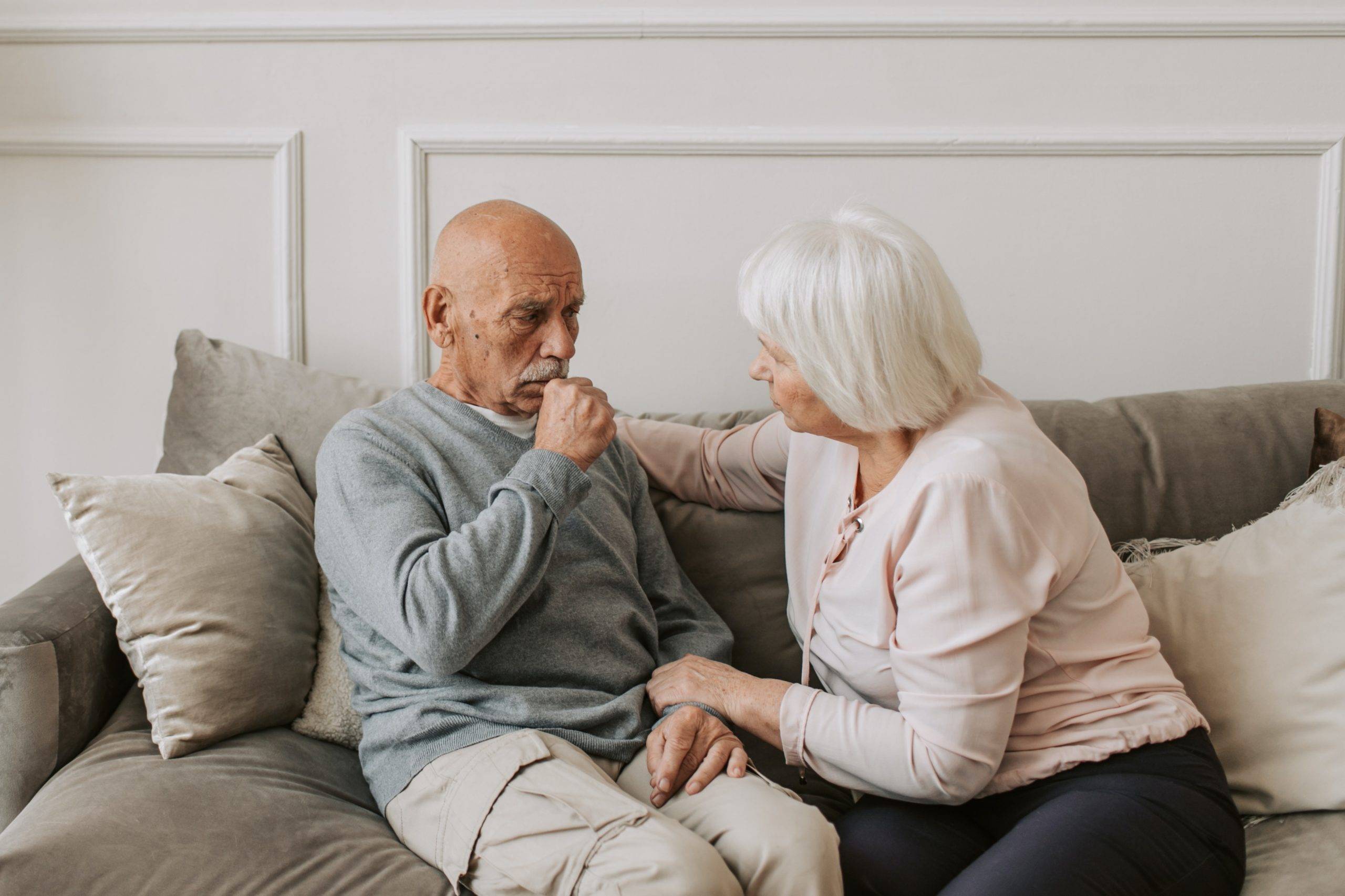As a family caregiver caring for an aging or ailing loved one, your goal is to help your loved one maintain a high quality of life and/or independence in the home as long as possible. In that journey, you may question how best to keep them safe in the home. To help provide you with guidance, the Southern Caregiver Resource Center has put together a series of quick videos on home safety.
These videos virtually walk you through the home and potential hazards to help you notice the areas that could use safety improvements. It is also useful to consider how your loved one’s safety needs will change over time. To help inform this discussion, we’ve put together some additional statistics and information for you in this article to use alongside the video resources.
Home Safety for the Elderly, Disabled, or Ailing || Statistics and Information
According to Age Safe America, falls are the leading cause of death and trauma-related hospital admissions in the elderly.
Even more startling, the CDC, (Centers for Disease Control and Prevention), offers these statistics:
- One out of every three seniors falls each year.
- One out of every five of those falls causes an injury such as head trauma or a broken bone.
- 95% of hip fractures are caused by falling.
- Thee million elderly adults are treated in the hospital each year due to a fall.
- There are about 32,000 deaths each year as a result of falls.
While these statistics are startling, they are an eye-opener to the severity of the problem of home safety. There are many ways to prevent falls and the risks associated with them.
Falling isn’t a normal part of aging – in fact, it’s usually preventable. Things like proper footwear, added railings, non-slip surfaces, wide walkways, minimal clutter, fewer rugs, etc. can all make the difference in reducing the risk of a devastating fall.
The elderly and their caregivers need to take a good look at the home and notice what risk factors are present in your environment. If you or your loved one fear falling in the home, talk to your doctor. Beyond environmental safety in the home, there are other things that your doctor can suggest and check for her to reduce your risk. Here are some examples:
- Having your eyes checked.
- Reviewing medications for how they impact your stability.
- Check your feet and discuss proper footwear options.
- Discuss other symptoms and risk factors such as lightheadedness, sleepiness, dizziness, etc., and help you find a solution.
The Video Series
The video series from Southern Caregiver Resource Center is linked for you below. We hope it provides you with the information, tools, and support you’re looking for in maintaining safety in the home for your loved one. If you have additional questions, please contact your local Caregiver Resource Center. You can find the one nearest to you by clicking here.
- Part 1: https://www.youtube.com/watch?v=OBR1IYa_qEI
- Part 2: https://www.youtube.com/watch?v=Dgdb_dRxmaE
- Part 3: https://www.youtube.com/watch?v=kJ9tQFUzkLY
- Part 4: https://www.youtube.com/watch?v=hXZSgIyKnwY
